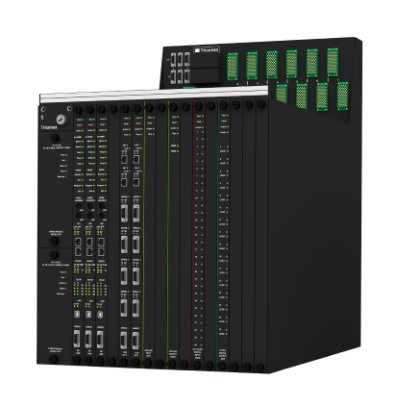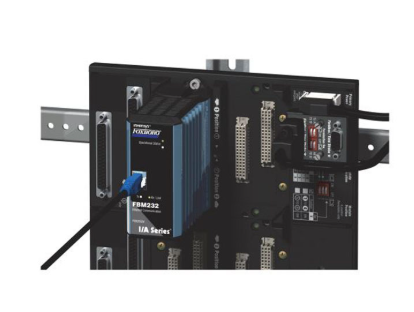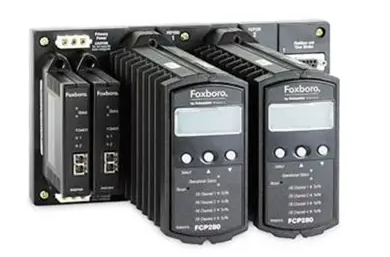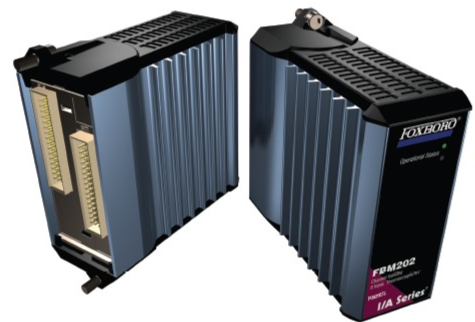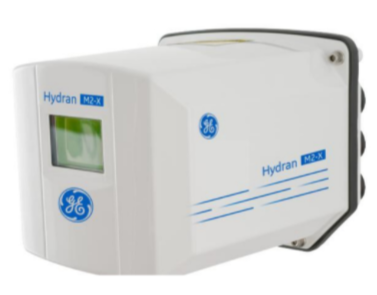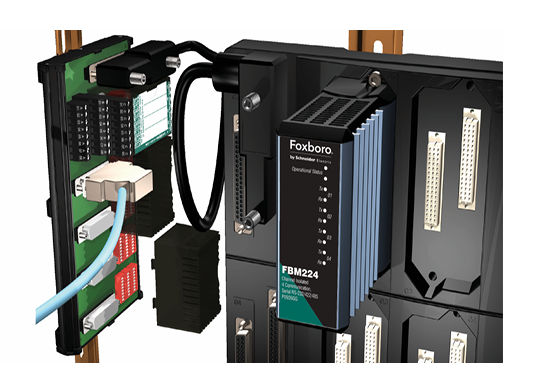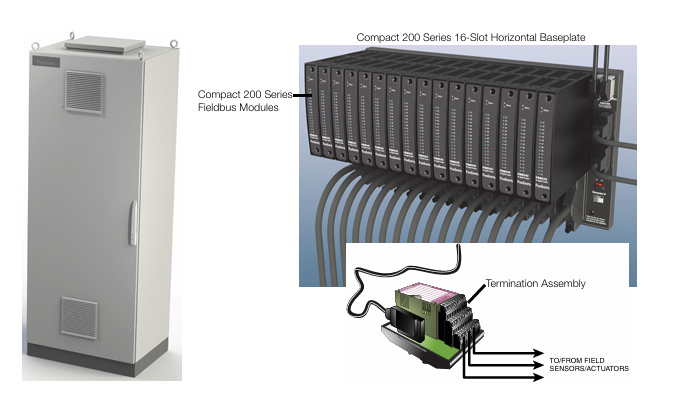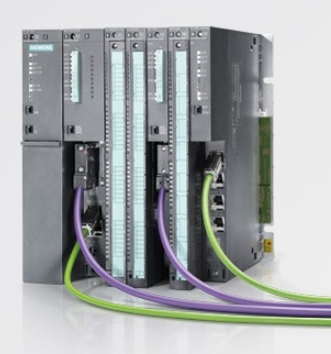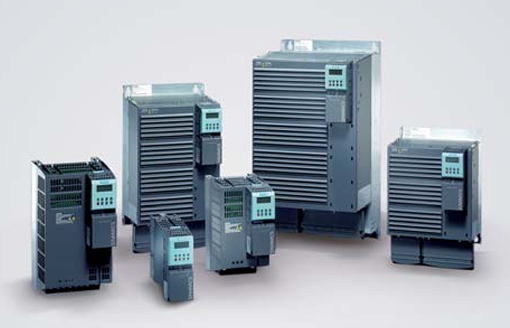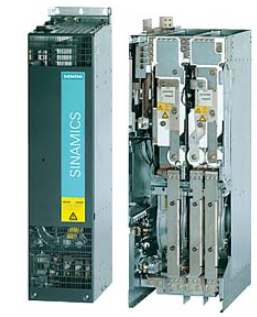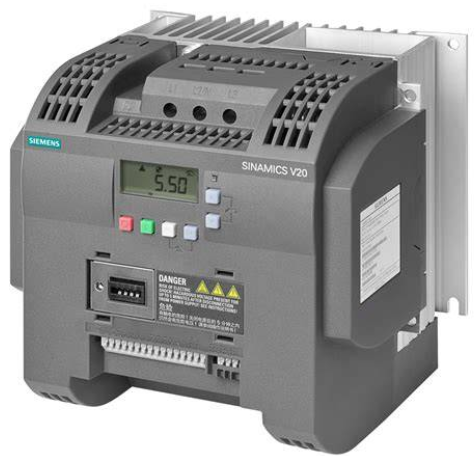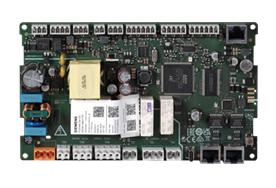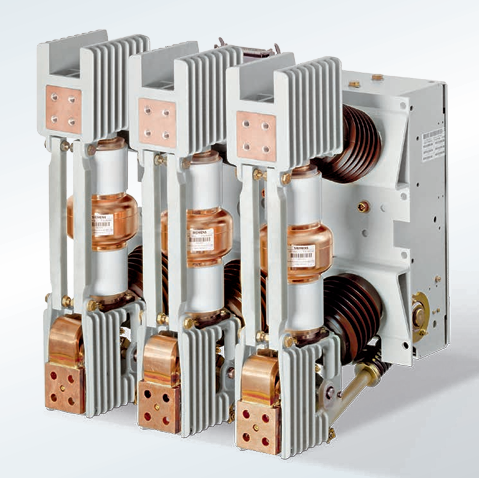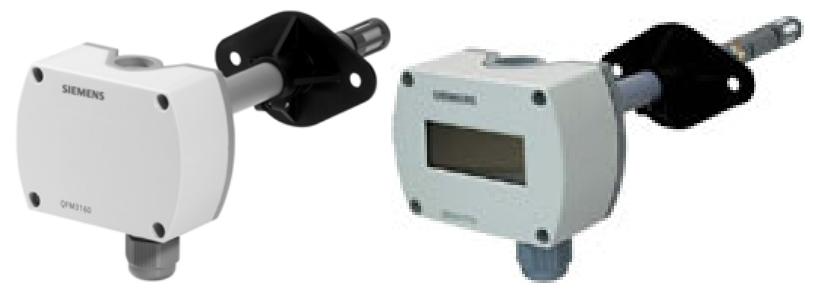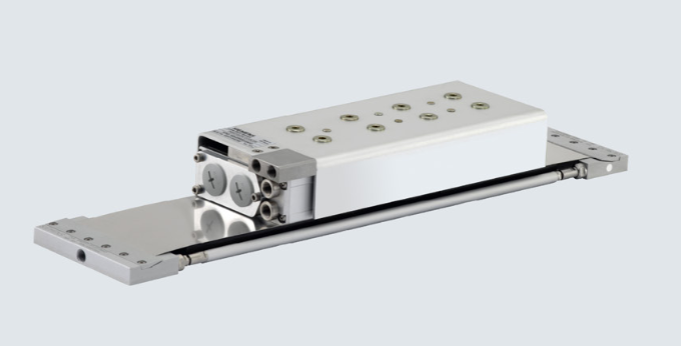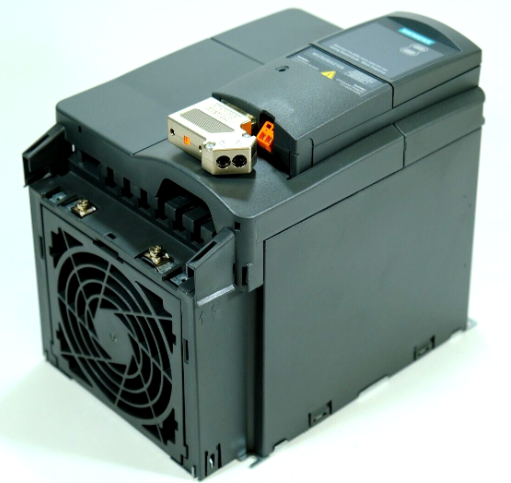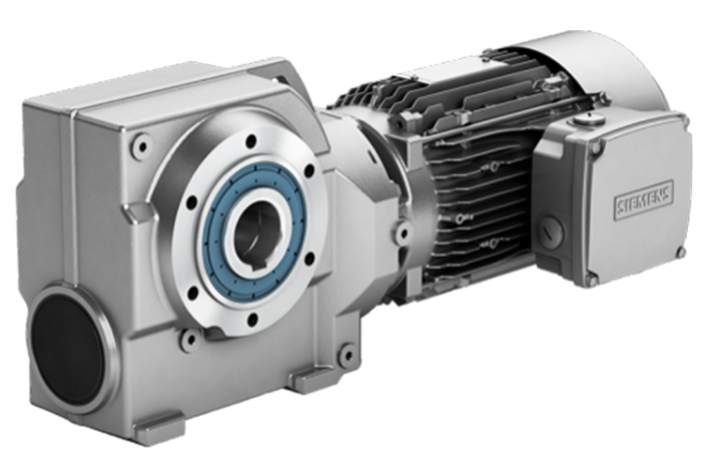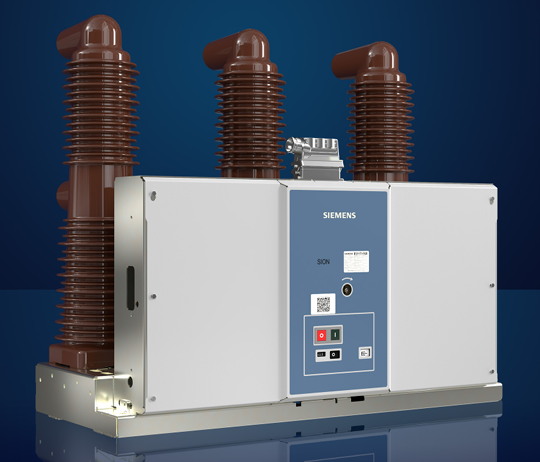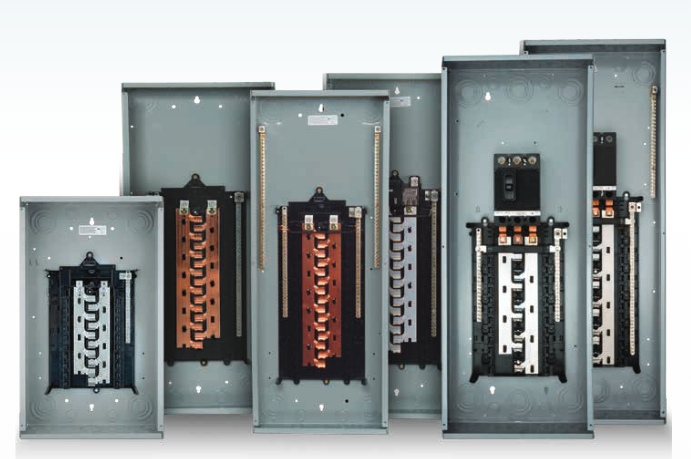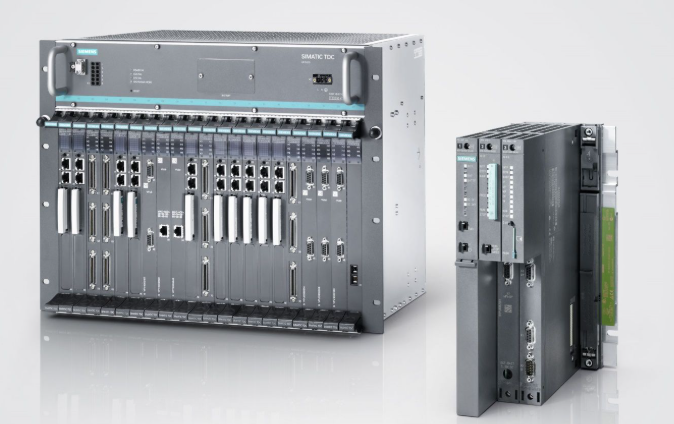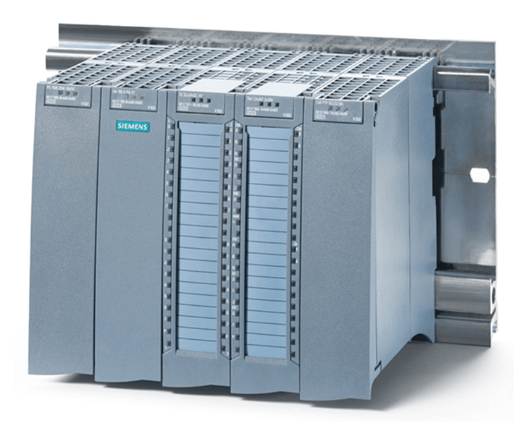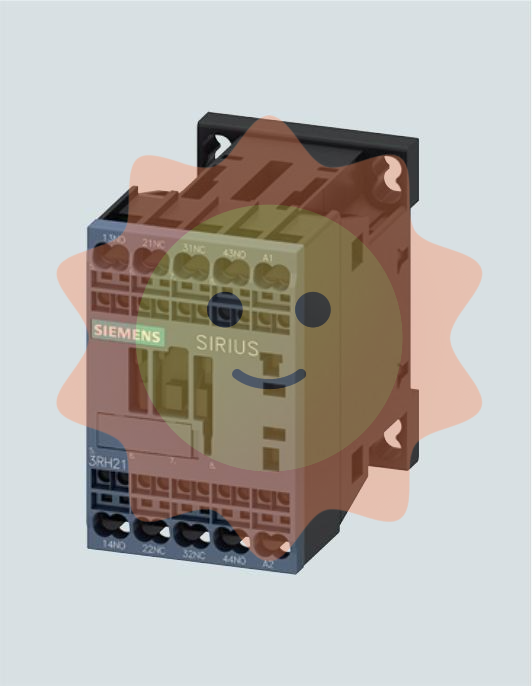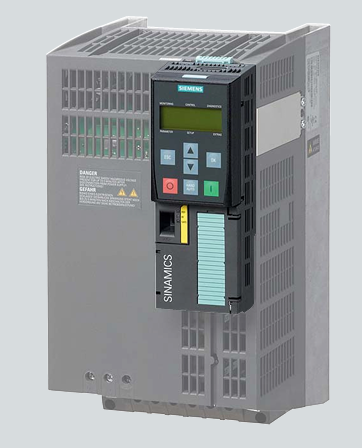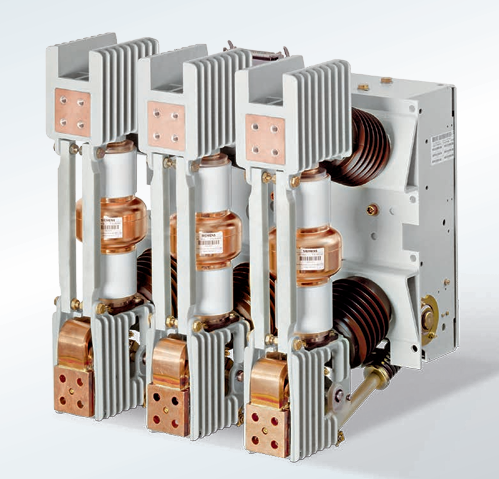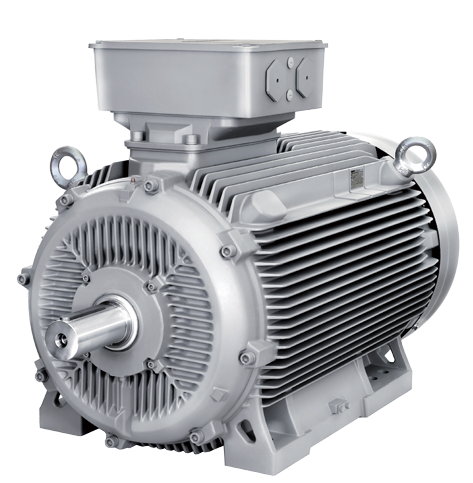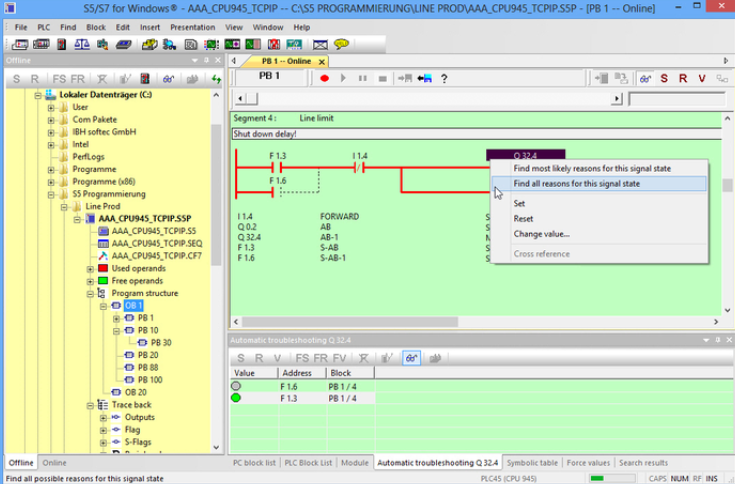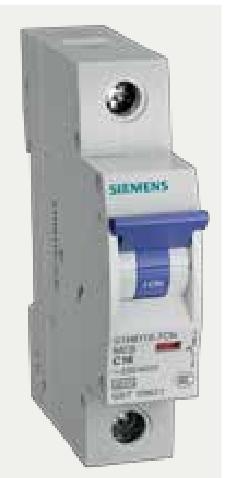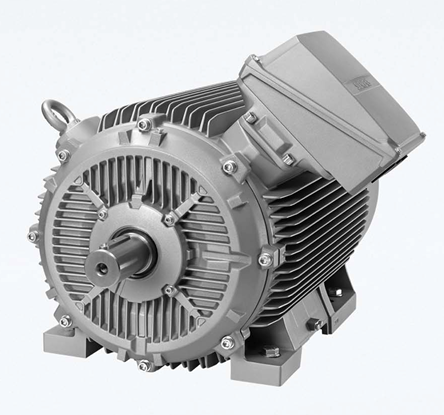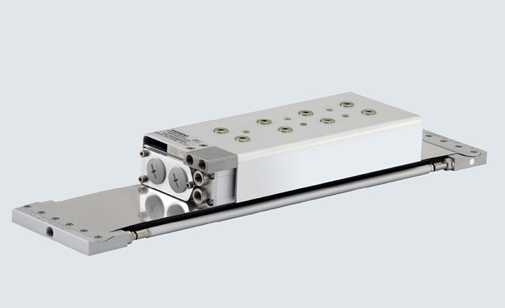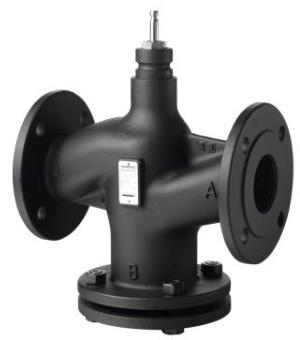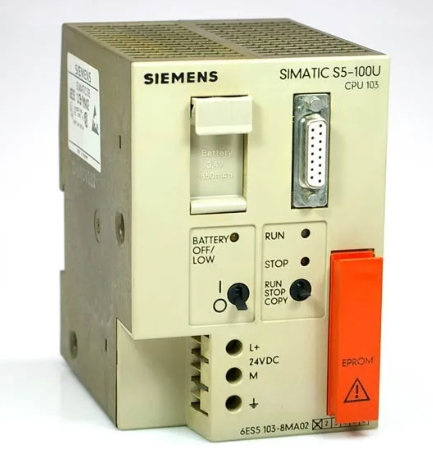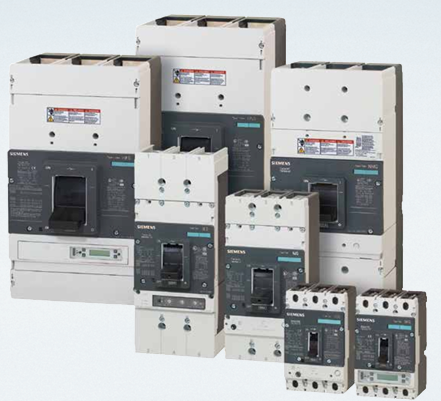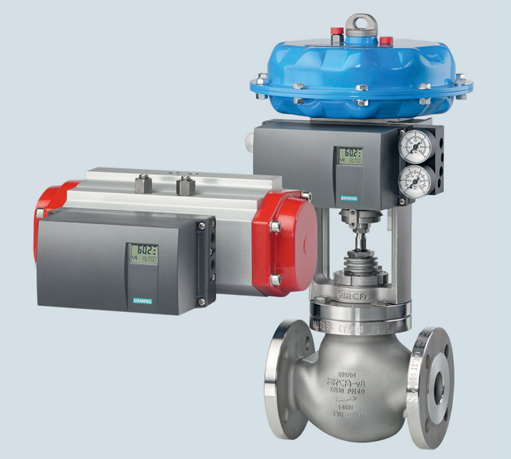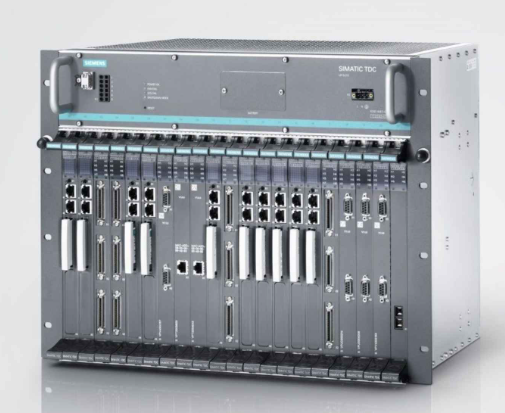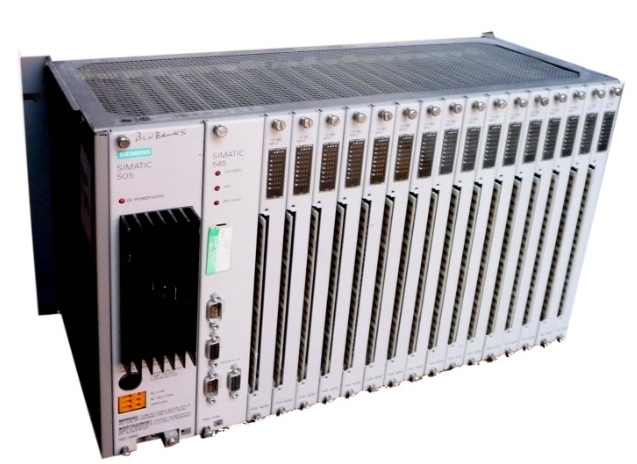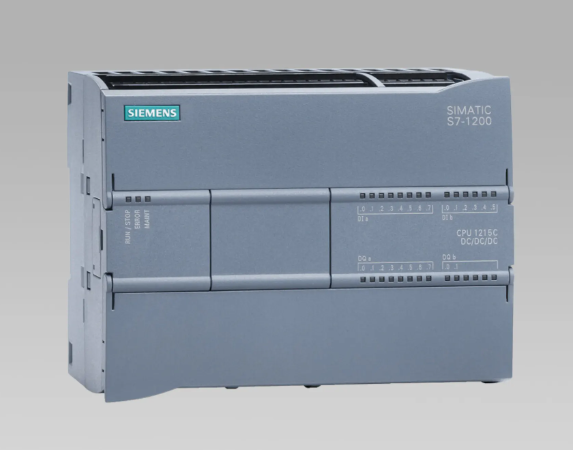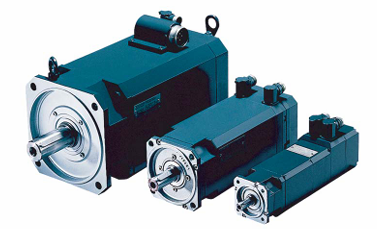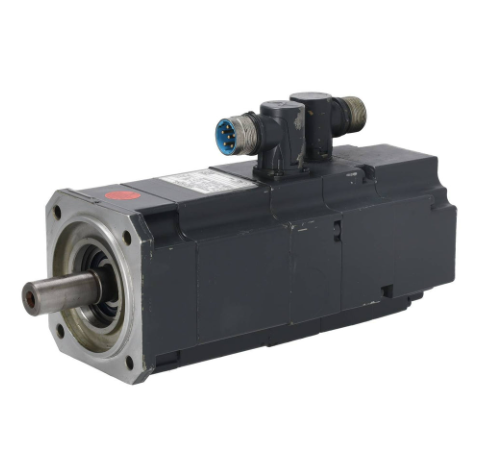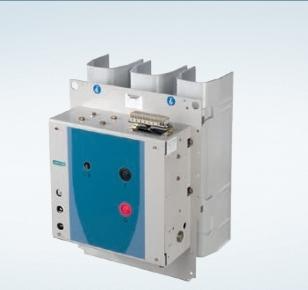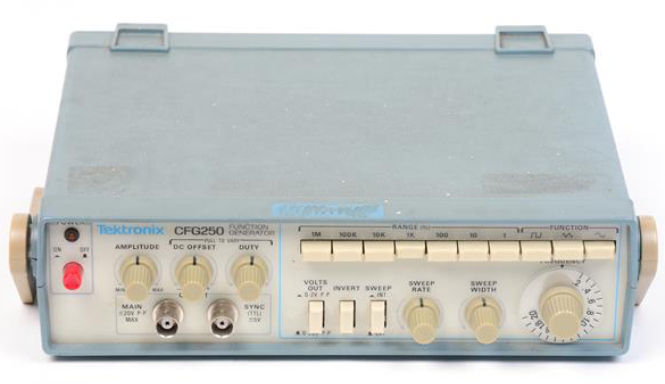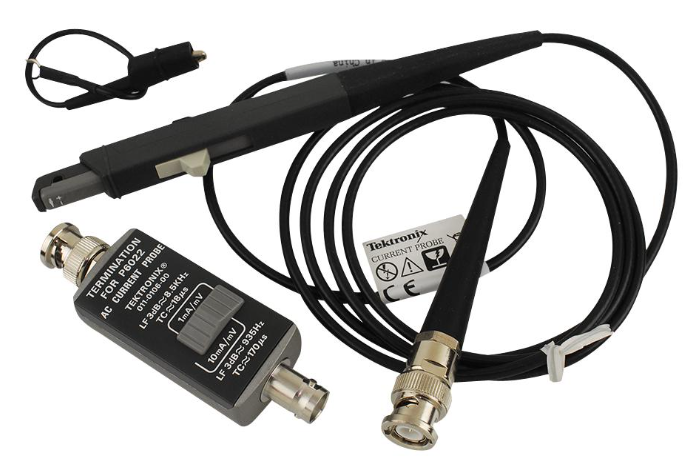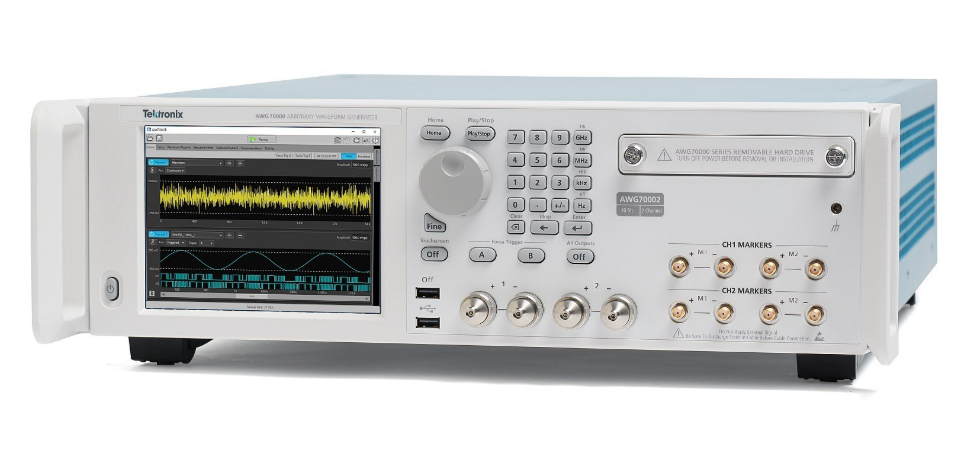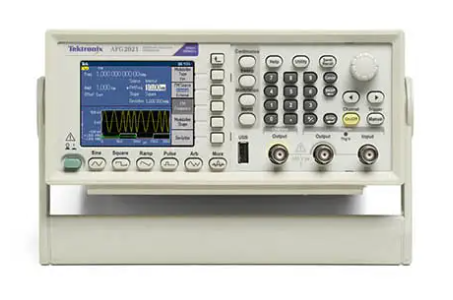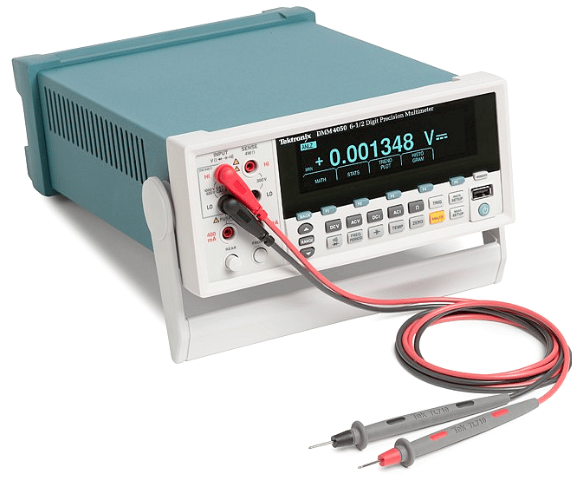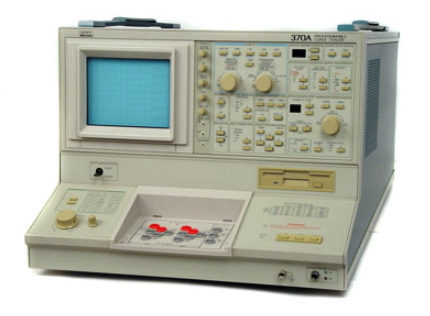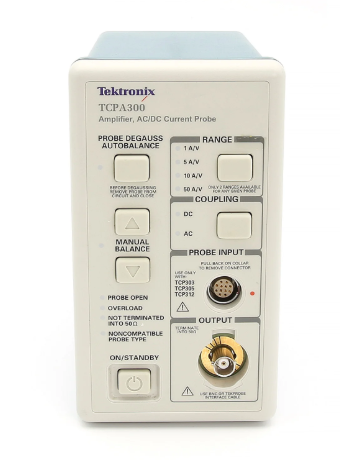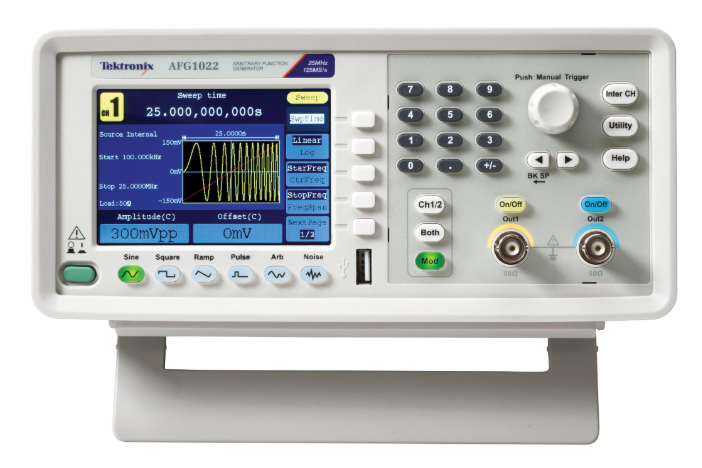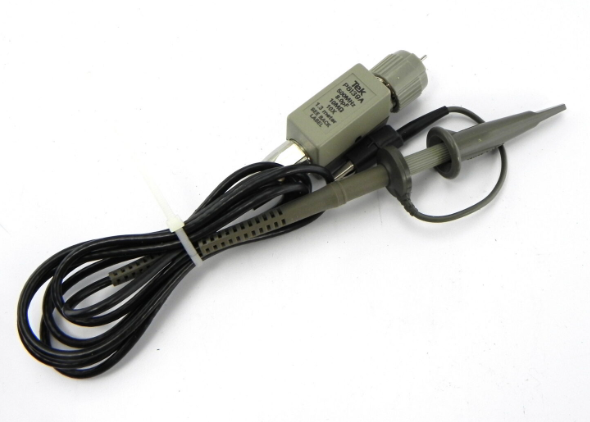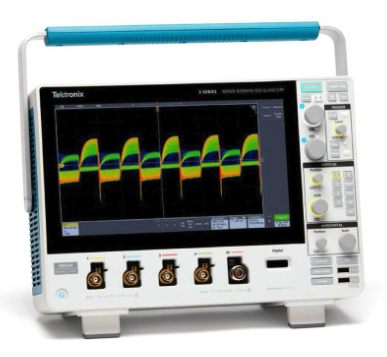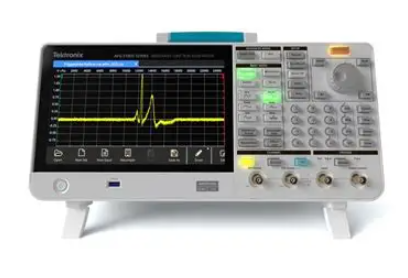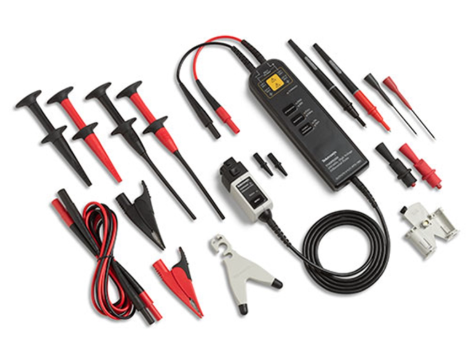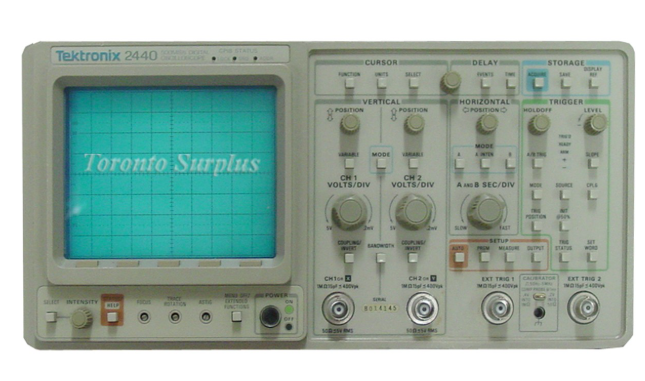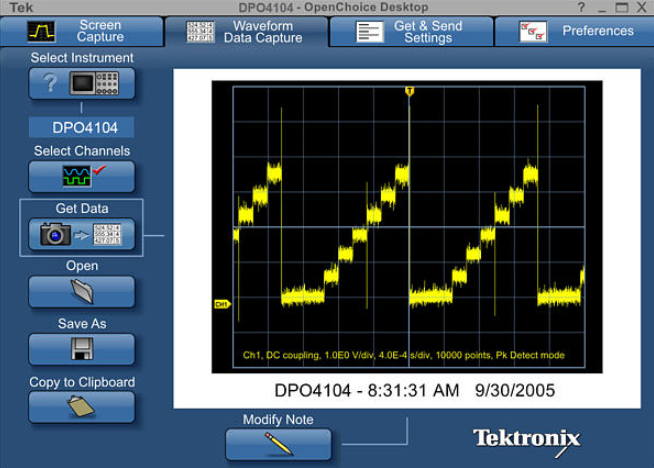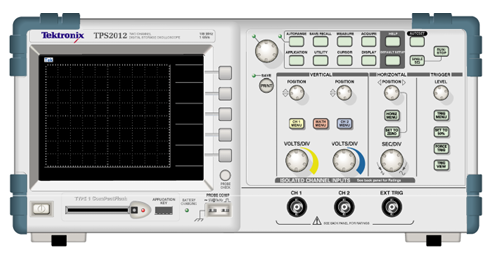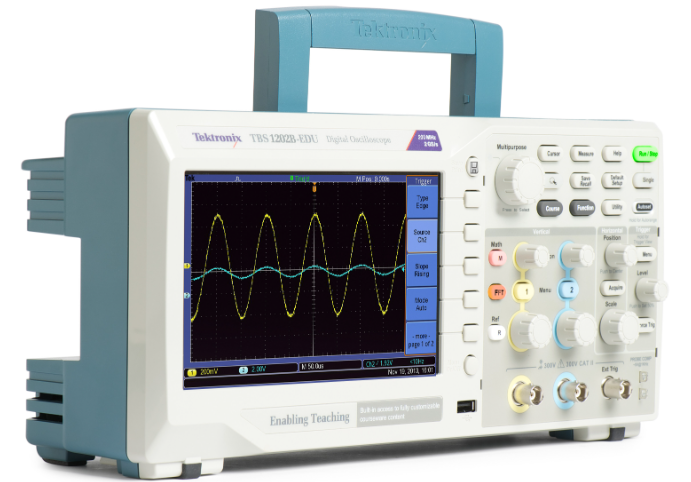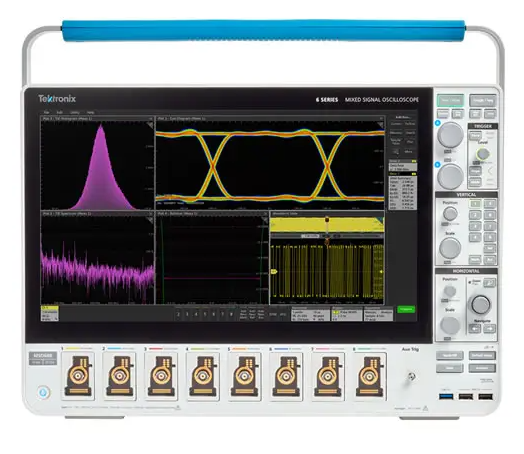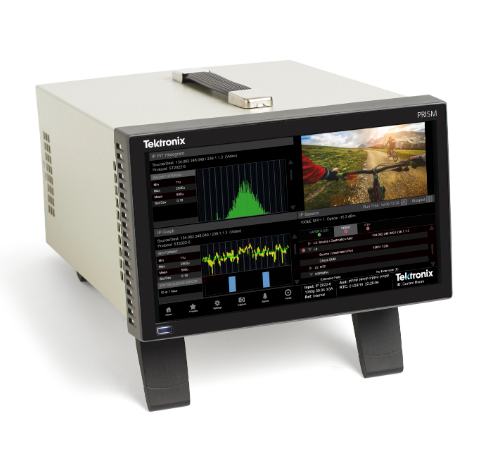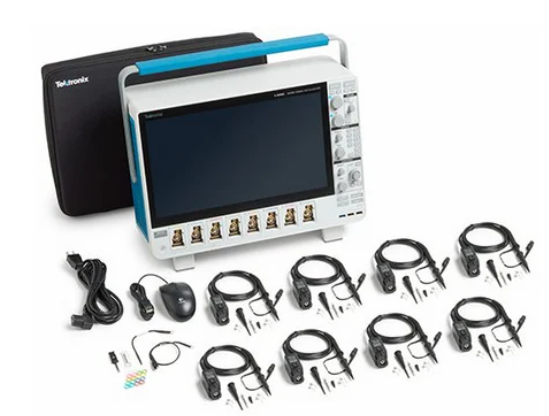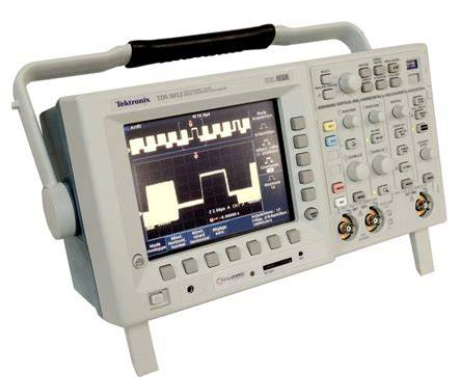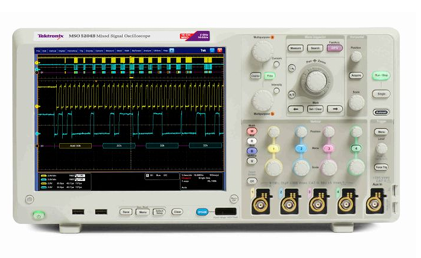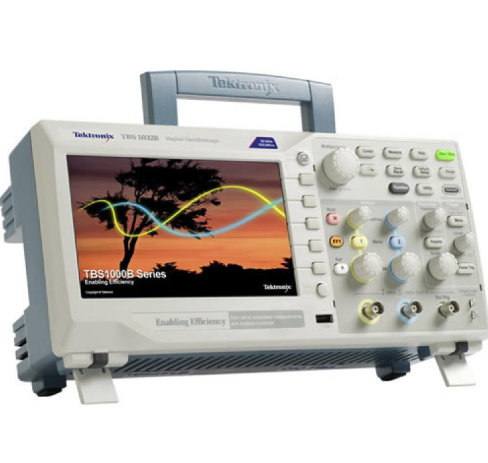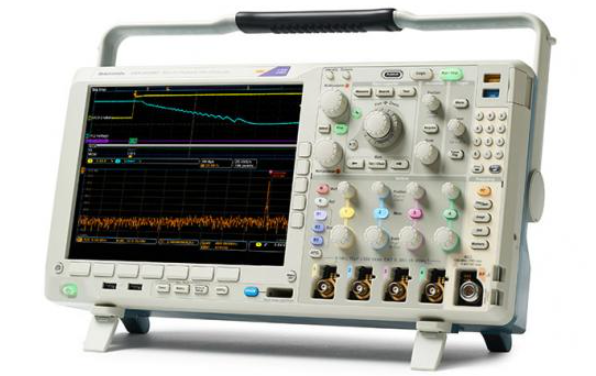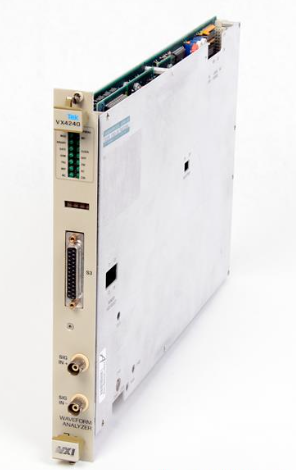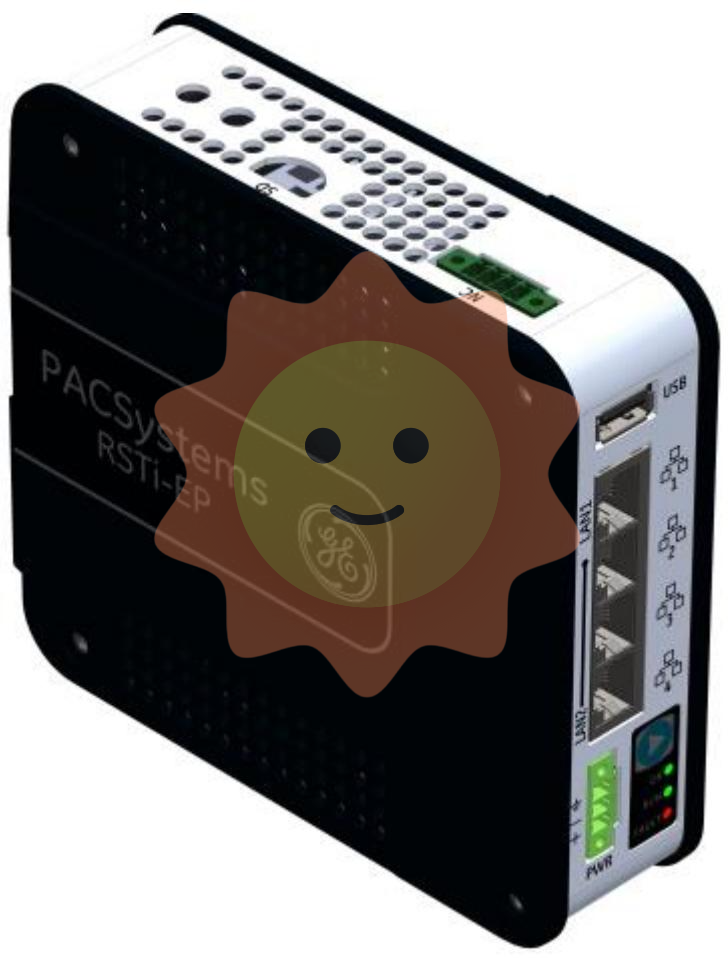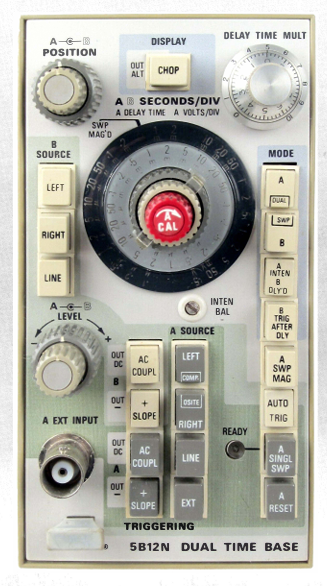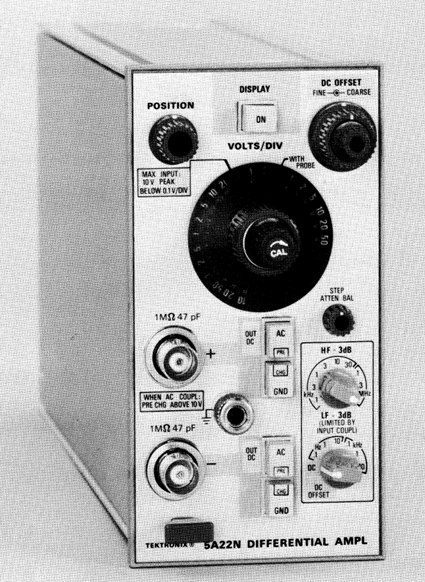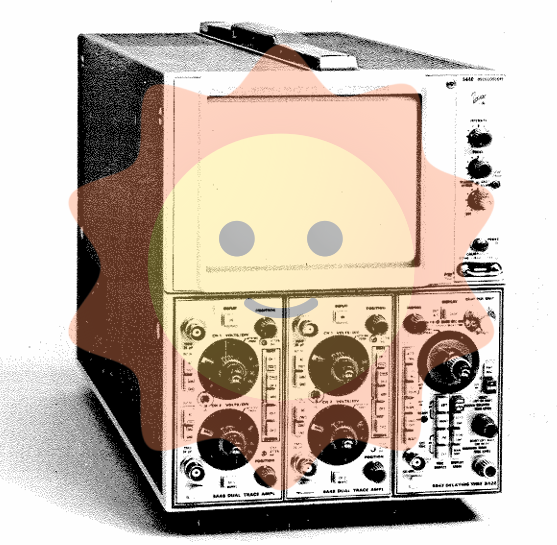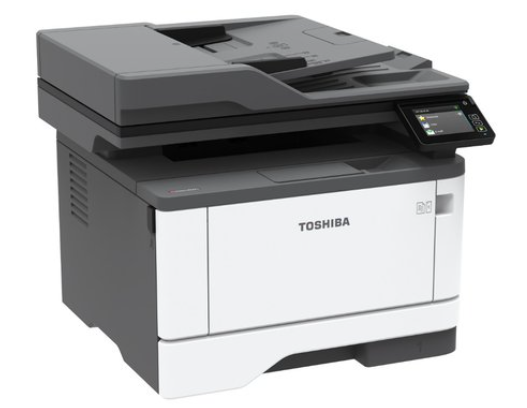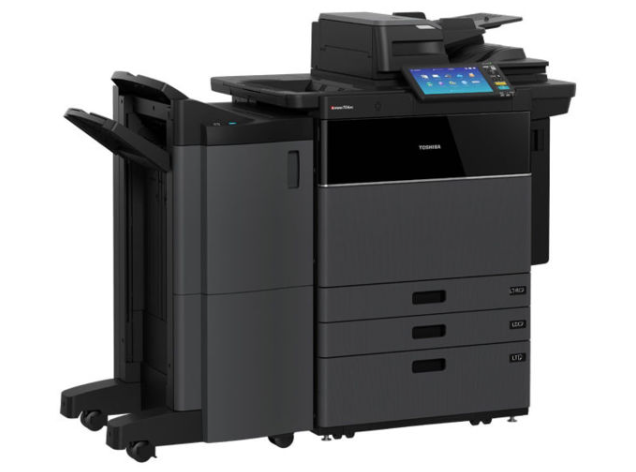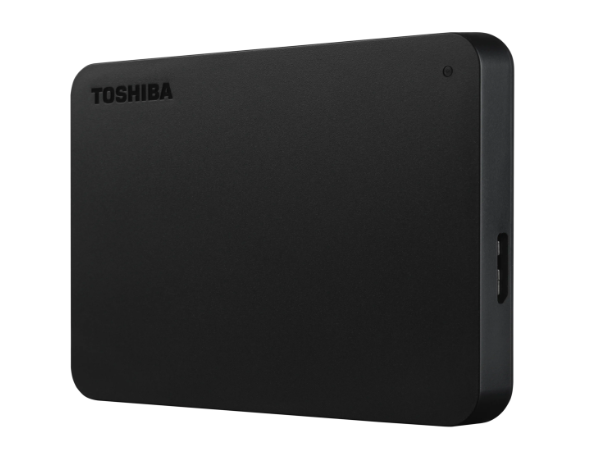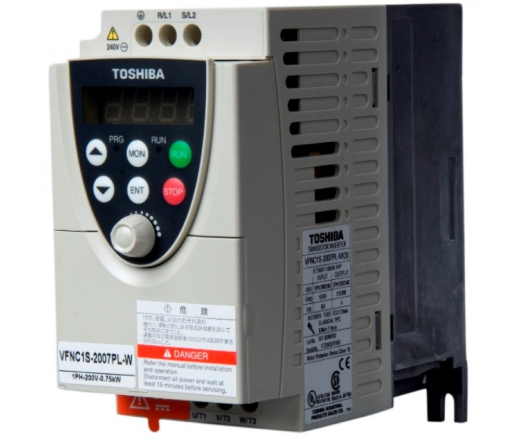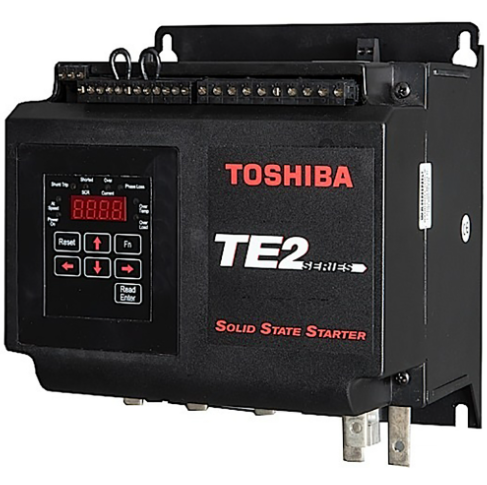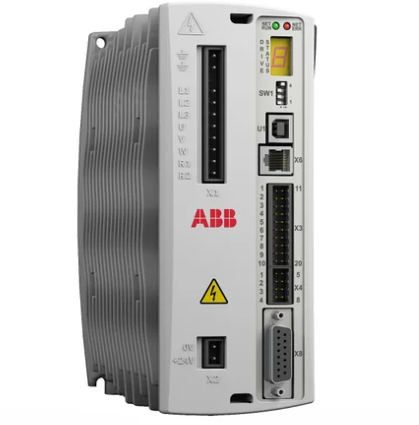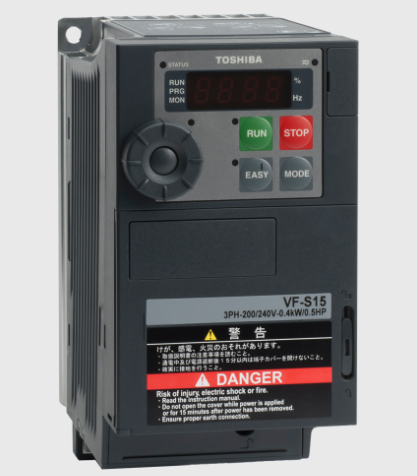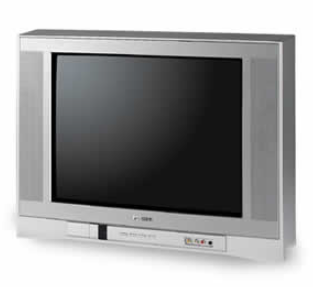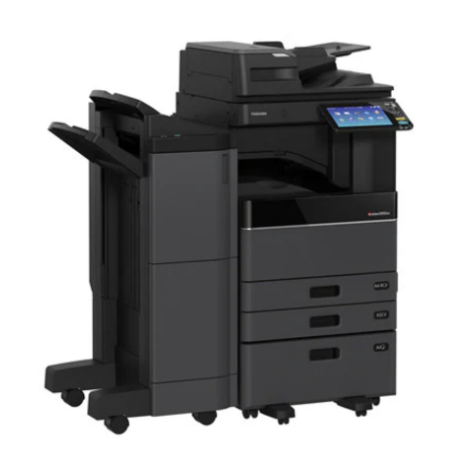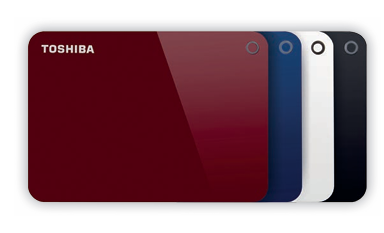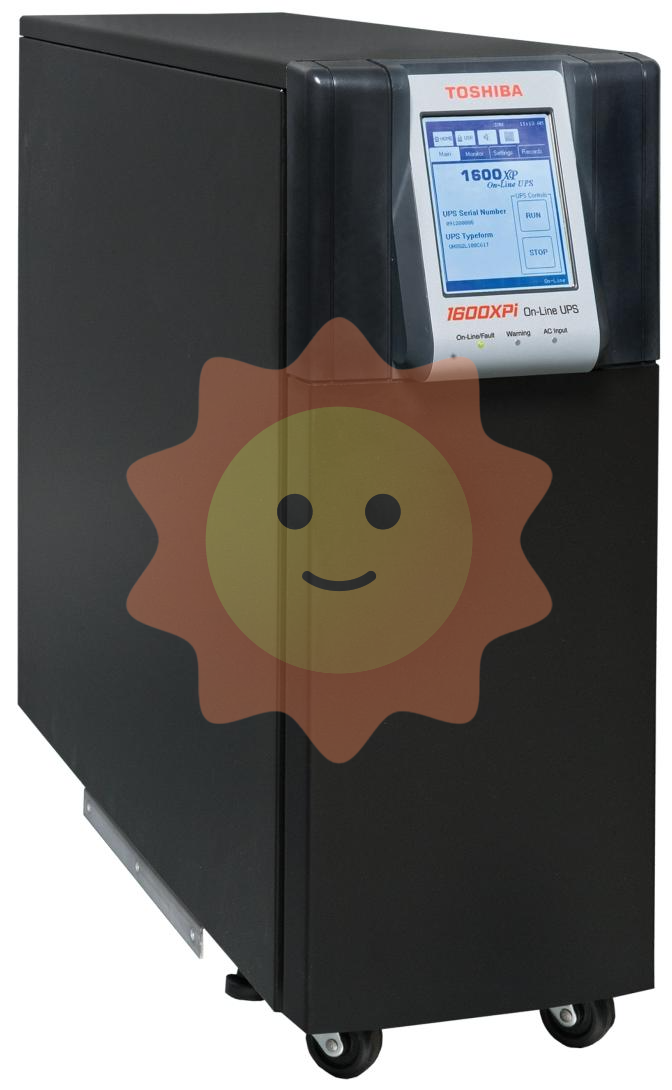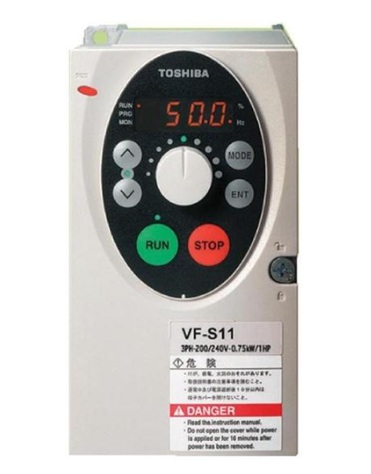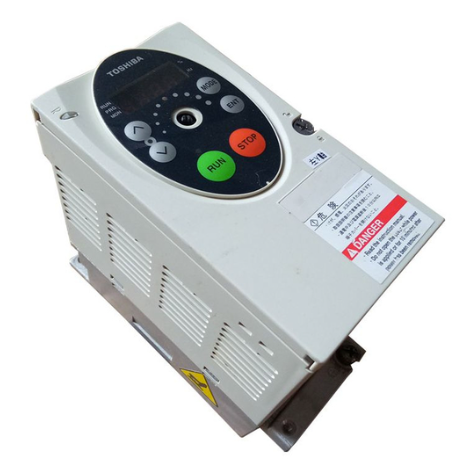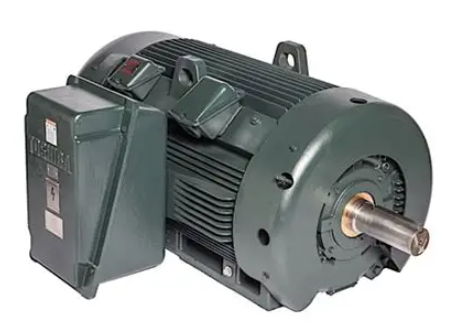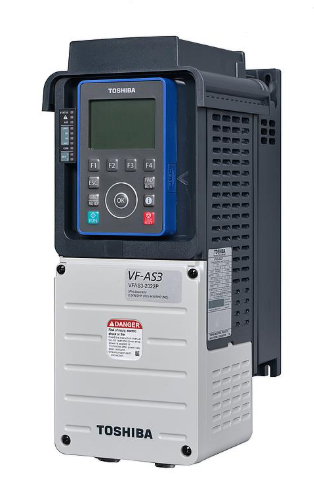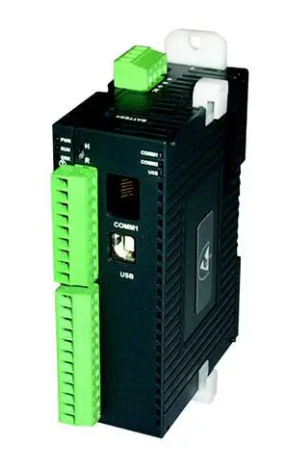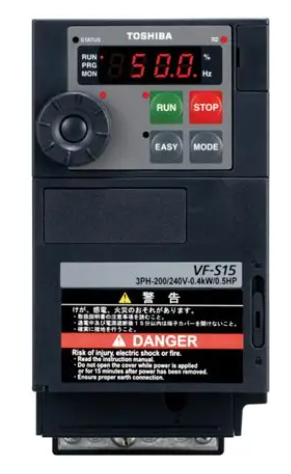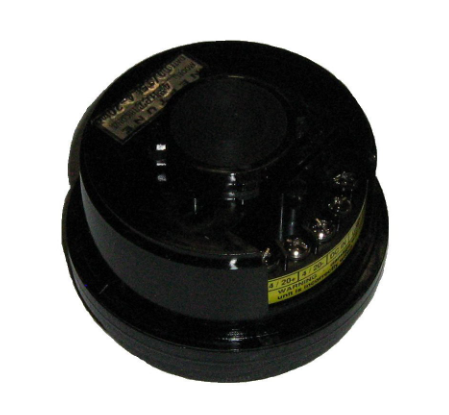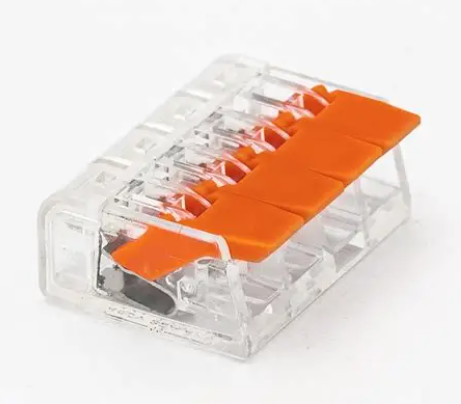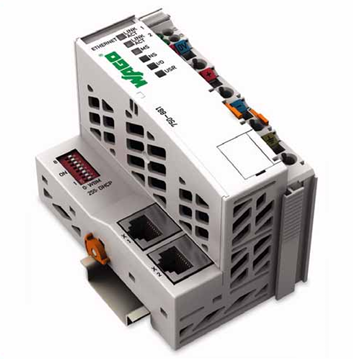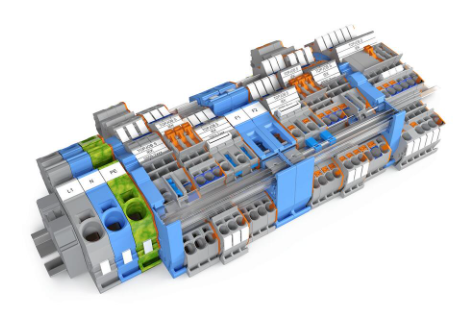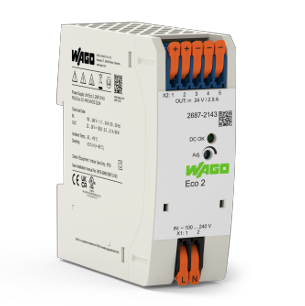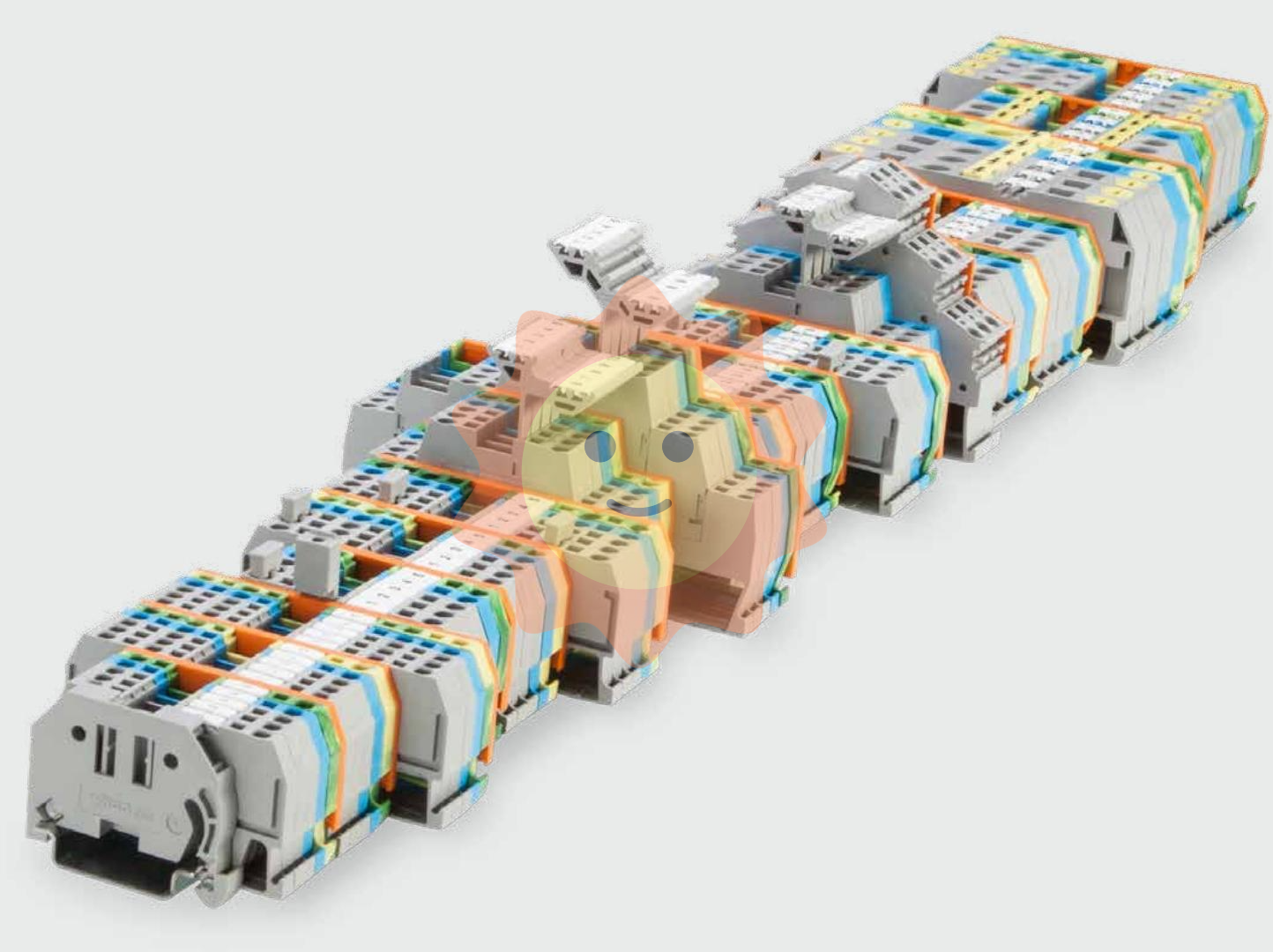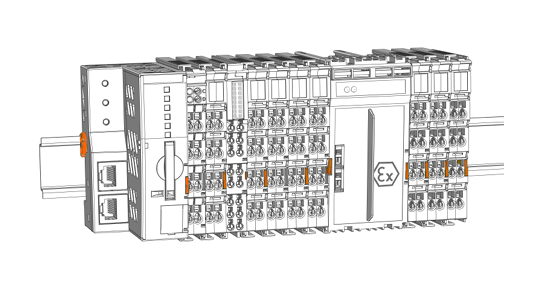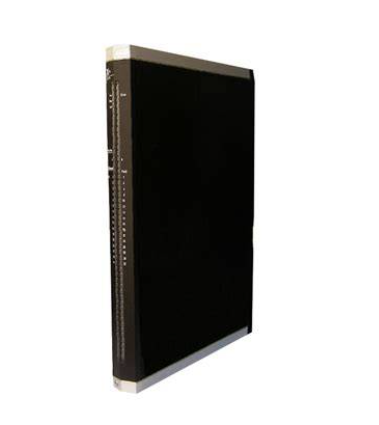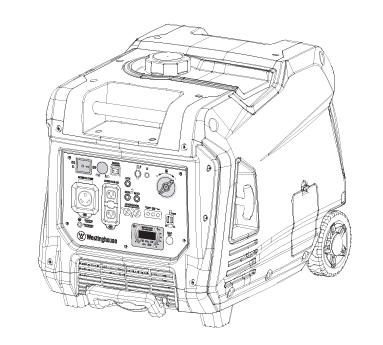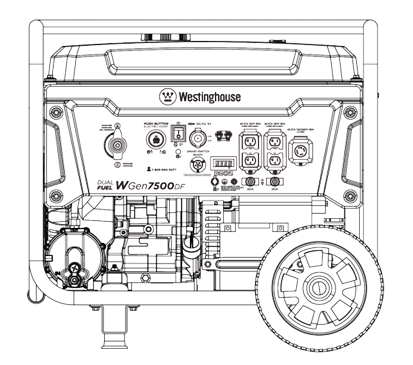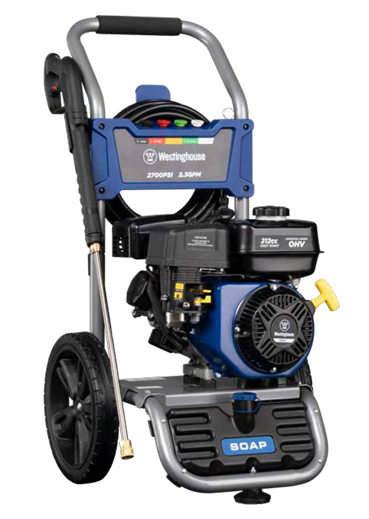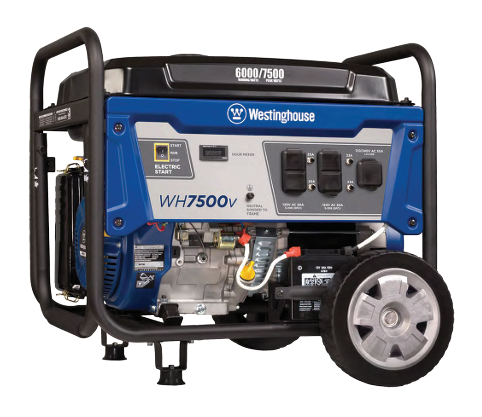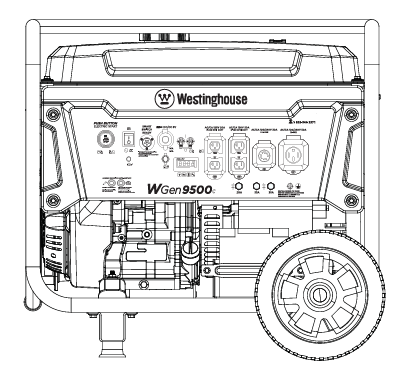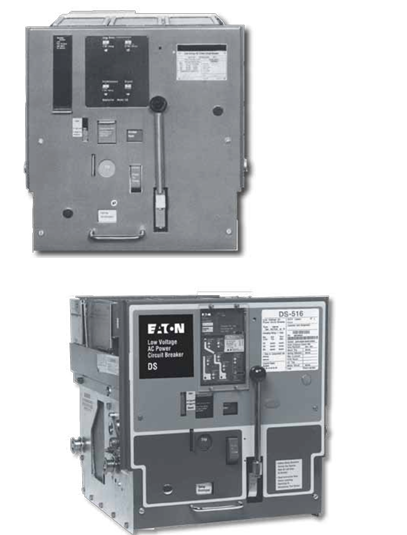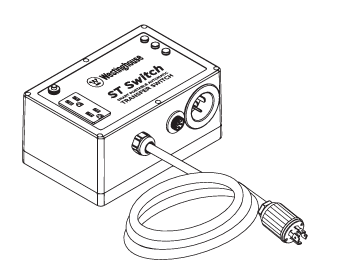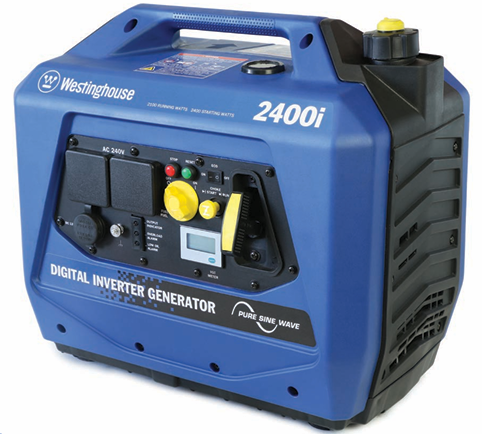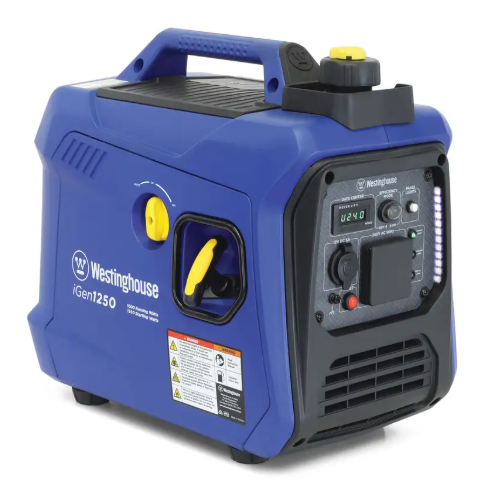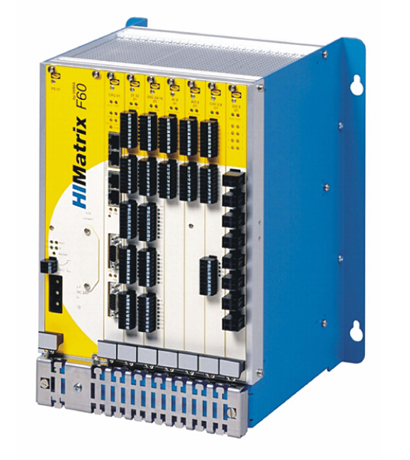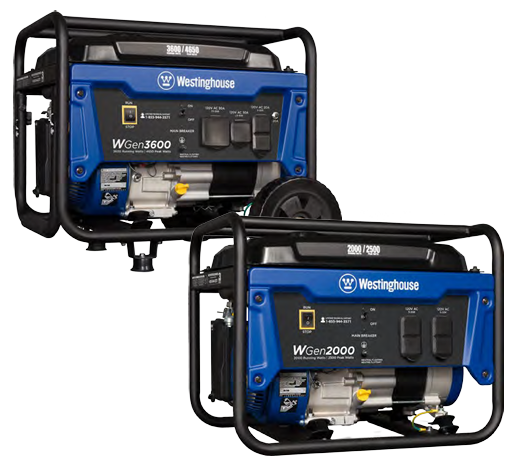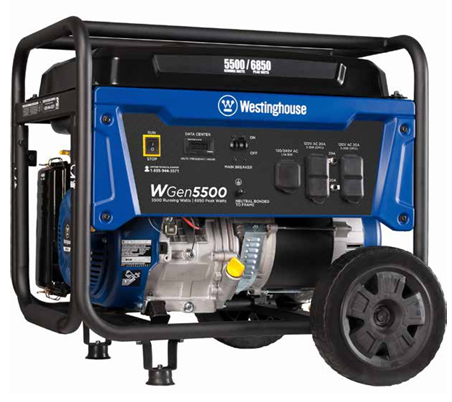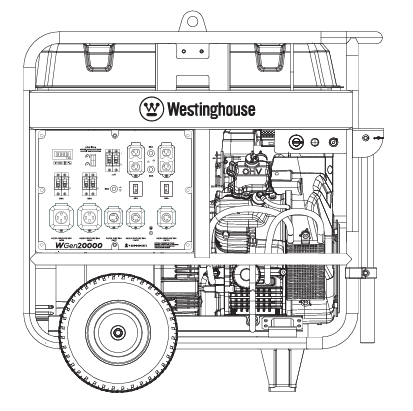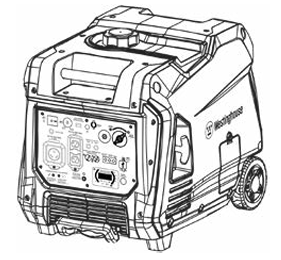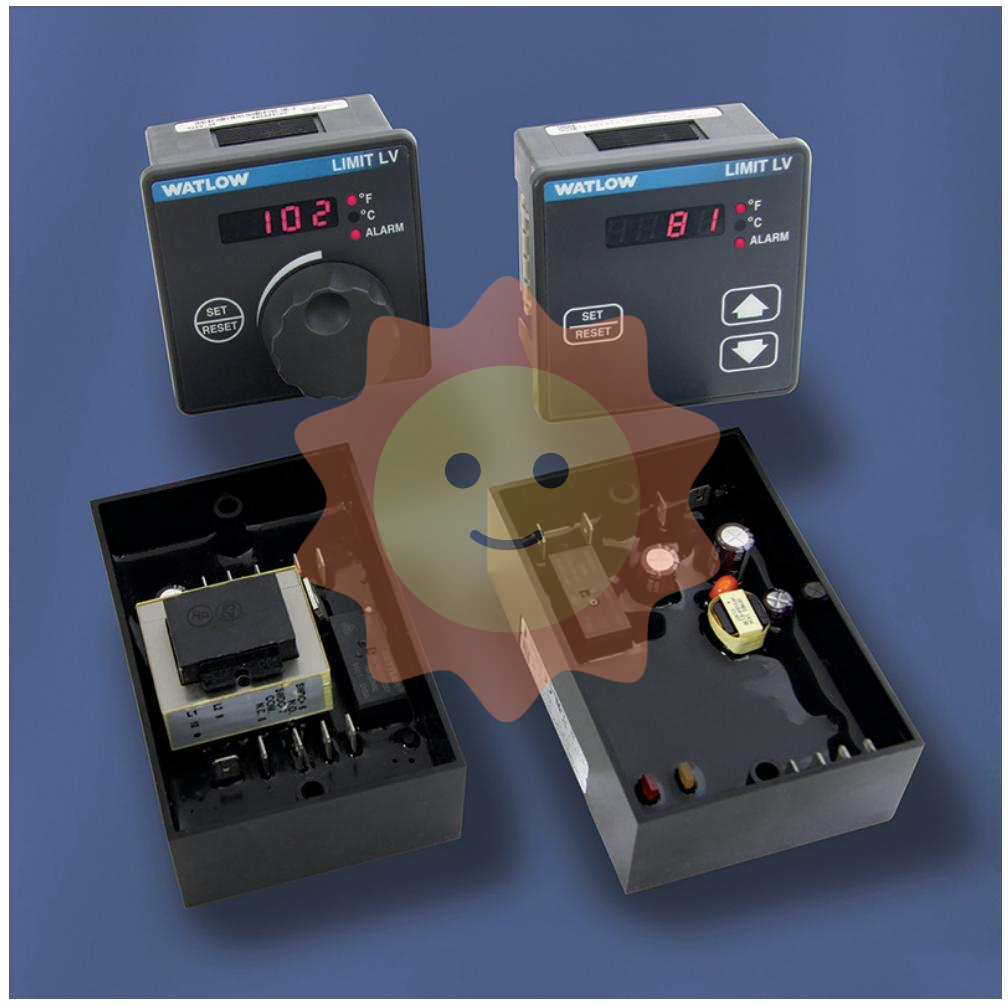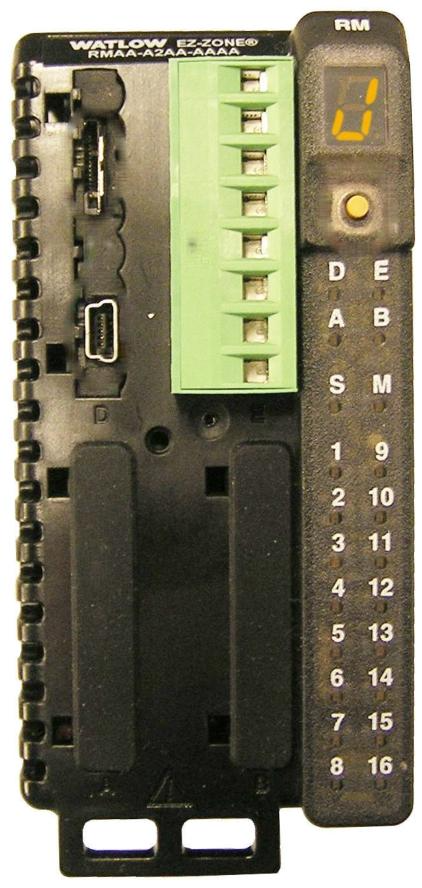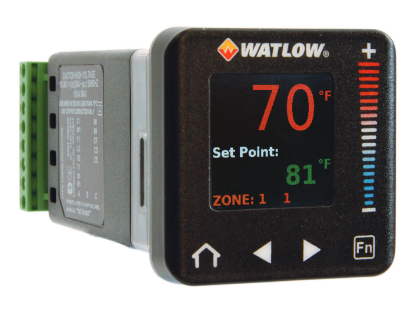EMERSON KJ4001X1-BA3 2-Wide Power/Controller Carrier
EMERSON KJ4001X1-BA3 2-Wide Power/Controller Carrier
DESCRIPTION
About EMERSON KJ4001X1-BA3 2-Wide Power/Controller Carrier This is an industrial automation control product manufactured by Emerson (EMERSON), which is usually used in DCS (Distributed Control System) systems as a power/controller carrier.
Main Functions and Features
Power Supply: As a power carrier, KJ4001X1-BA3 is responsible for providing a stable power supply to other modules or devices in the DCS system to ensure the normal operation of the system.
Controller support: At the same time, it also serves as a controller carrier, capable of carrying and connecting various control modules to realise complex control logic and algorithms.
Modular design: The adoption of modular design makes the system highly flexible and expandable, making it easy for users to configure and upgrade according to actual needs.
High performance and stability: As an industrial-grade product of Emerson, the KJ4001X1-BA3 excels in performance with a high degree of stability and reliability, and is able to meet the requirements for use in various harsh industrial environments.

Controller classification
Controllers are divided into combinational logic controllers and microprogrammable controllers, the two kinds of controllers have their own strengths and weaknesses. Combination logic controller design trouble, complex structure, once the design is completed, it can not be modified or expanded, but it is fast. Microprogrammed controller design is convenient, simple structure, modification or expansion are convenient, modify the function of a machine instruction, only need to reprogramme the corresponding microprogramme; to increase a machine instruction, only need to add a section of microprogramme in the control memory, but it is through the execution of a section of microprogramme. Specific comparisons are as follows: combinational logic controllers, also known as hard-wired controllers, are composed of logic circuits and rely entirely on hardware to implement the function of the instruction.
Basic Functions
Data buffer: Since the rate of I/O devices is low while the rate of CPU and memory is high, a buffer must be set up in the controller. In the output, the buffer is used to store the data coming from the host at high speed, and then the data in the buffer will be transmitted to the I/O device at the rate of the I/O device; in the input, the buffer is used to store the data coming from the I/O device, and then the data in the buffer will be transmitted to the host at high speed after a batch of data has been received.
Error control: The device controller also manages error detection of data sent from I/O devices. If an error is found in the transmission, the error detection code is usually set and reported to the CPU, which then cancels the transmitted data and transmits it again. This ensures the correctness of the data input.
Data exchange: This refers to the realisation of data exchange between the CPU and the controller, and between the controller and the device. For the former, it is through the data bus, by the CPU in parallel to write data into the controller, or from the controller in parallel to read out the data; for the latter, it is the device will be the data input to the controller, or from the controller to the device. For this purpose, data registers shall be set up in the controller.
Status Description: Identifies and reports the status of the device The controller shall note down the status of the device for the CPU to know. For example, the CPU can start the controller to read data from the device only when the device is in a transmit-ready state. For this purpose, a status register shall be set up in the controller with each bit therein reflecting a particular state of the device. When the CPU reads in the contents of this register, it can learn the state of the device.
Instructions and warnings related to the operation of the product.
The following specifications must be strictly observed:
The technical specifications and typical applications of the product system must be strictly observed.
Personnel training: Only trained personnel may install, operate, maintain or repair the product system. These personnel must be instructed and explained the conditions in the hazardous area.
Unauthorised modifications: No modifications or structural changes may be made to the product system.
Maintenance Responsibility: It must be ensured that the product system is only used under appropriate conditions and in a condition that is fully fit for purpose.
Working environment: The user must fulfil the specified environmental conditions:
Safety regulations
The following safety regulations in accordance with EN 50110-1 must be fully complied with when (maintenance) work is carried out on the product system:
1 Disconnect completely.
2 Secure to prevent reconnection.
3 Make sure that the installation is complete.
4 Perform earthing and short-circuiting.
- User name Member Level Quantity Specification Purchase Date
- Satisfaction :
-









Email:wang@kongjiangauto.com

